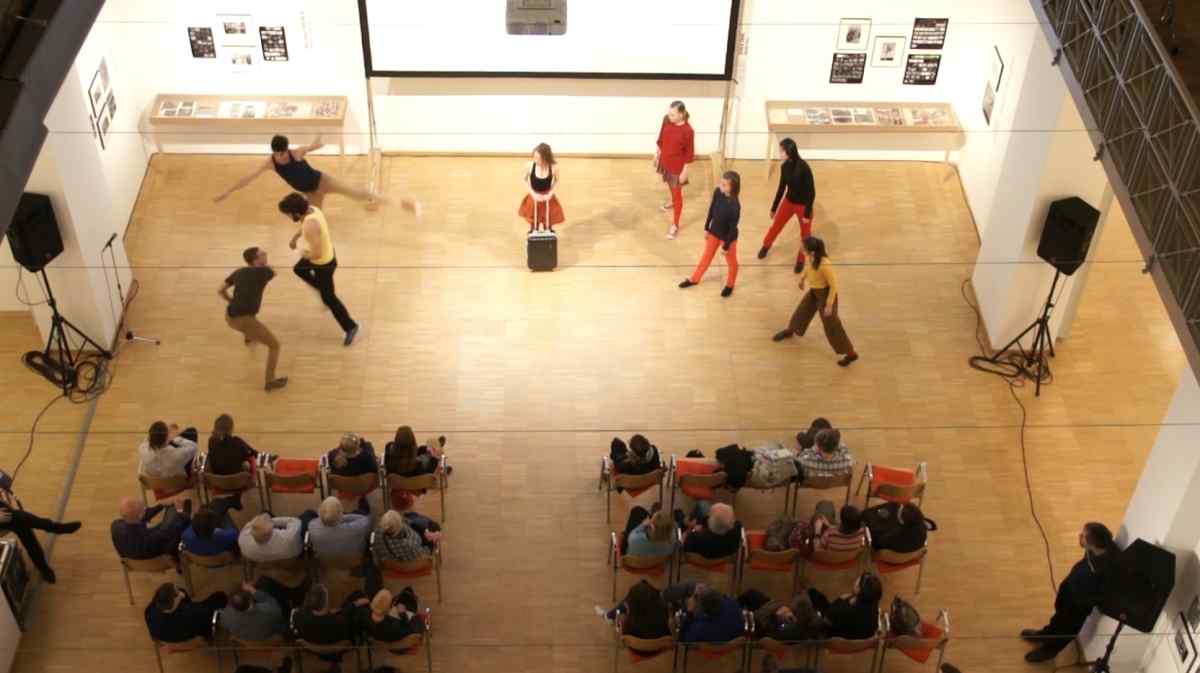Joris Ivens, Spanish Earth (1937) and the Rita Góbi Dance Company
“Eyes on Spain” Film Screening Series



Dance Performance by the Góbi Rita Dance Company
With Dániel Szabó, Mátyás Regyep, and Gellért Zsédey (trumpet), Lőrinc Kéringer (drums)
Music: Benjamin Britten, Ballad of Heroes (1939), ca. 18’
Spanish Earth (1937), 52’
Documentary directed by Joris Ivens, commentary: Ernest Hemingway, camera: John Fernhout (John Ferno), editing: Helen van Dongen; music: Marc Blitzstein, Virgil Thomson; English
The production company Contemporary Historians was set up to raise money for a documentary about the Spanish Civil War, filmed on the spot. With John Ferno and initially with John Dos Passos, who later left the crew and was replaced by Ernest Hemingway, Joris Ivens went to Fuenteduena, near Madrid, to film with the Republican armies at the front. It was to become one of the major films on the Spanish Civil War and one of the most important films in Ivens' career. As in many other films Ivens finds a balance between people's daily lives and their struggle to survive. The strong photography, mainly by John Ferno, combined with the decisive editing by Helen van Dongen and Ernest Hemingway's commentary, make the film's message universally powerful. In the first version the commentary was spoken by Orson Welles, but as a result of personal conflict with Hemingway, he withdrew from the project and Hemingway himself read the commentary.
Admission free. Seating is first-come first-served basis.
The film is screened in English.